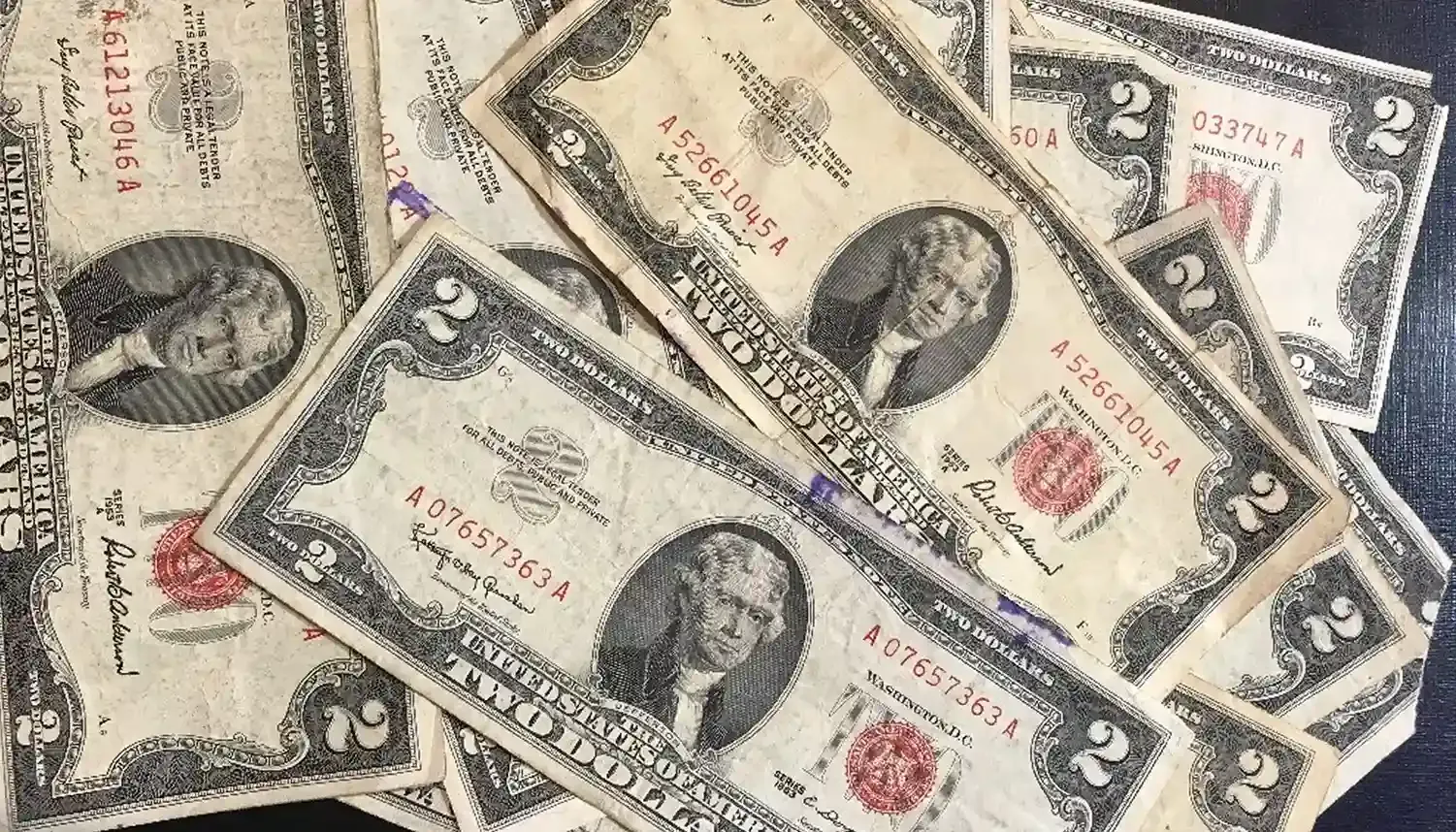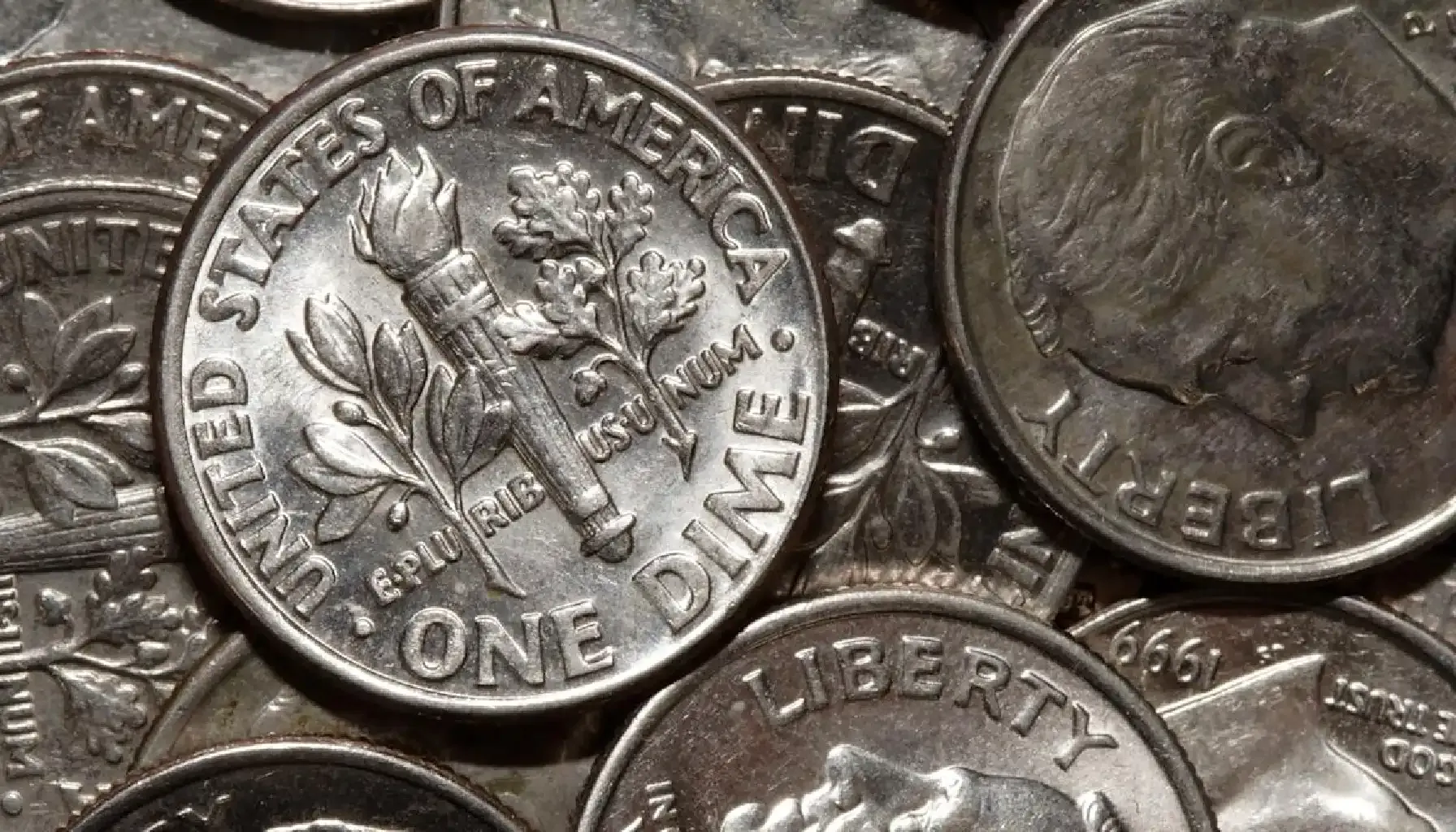Contents:
In numismatics, it is important to understand the value of your collection. You may even have million dollar coins but have no idea about it. The more expensive specimens are in the collection, the more reputable numismatist you become. Therefore, we decided to help you and write an article with tips on how to know if a coin is worth money.
1. Identify the Coin
So, if you want to understand how to know how much a coin is worth, the first step is to accurately identify it.
Country of Origin
Look for Insignia: They often feature symbols or text indicating their country of origin.
Language and Characters: The language or script on the obverse and reverse can also give clues about its origin.
Denomination
Face Value: This is typically stated on the coin itself (e.g., cents, dollars, euros, pounds).
Date and Mint Mark
Date: The year it was minted is usually found on the obverse (front) or reverse (back). For example, rare Roman coins value may be very high.
Mint Mark: A small letter or symbol indicating the mint where it was produced. This is often found near the date.

2. Assess the Condition (Grade)
How to determine coin value? Its condition affects its price. Coin grading is a standardized process that describes their condition and quality.
Grading Scale
Uncirculated (Mint State - MS): No signs of wear; appears as if just minted.
Extremely Fine (EF or XF): Very slight wear on high points; almost new.
Very Fine (VF): Light to moderate wear; all details are clear.
Fine (F): Moderate to heavy wear; major features are visible.
Good (G): Heavy wear; most details are worn smooth.
Question: What does MS 63 mean in coins? - It is a specific grade, commonly referred to as the Sheldon Scale, which ranges from 1 to 70. MS stands for "Mint State" - the piece is in the same condition as when it was originally minted, without having been in circulation.
3. Look for Rare Specimens
Some are more valuable due to their rarity. So, how to know if your coin is worth money in this regard?
Key Dates
Low Mintage Years: How to know how much my coin is worth? Those produced in smaller quantities are often more valuable.
Historical Events: Those minted during significant historical periods may have added value. For example, the best American coins to collect are all connected with some historical events; ancient Rome gold coins are also very expensive due to their age and historical background.

Errors and Varieties
Minting Errors: Pieces with errors, e.g., double strikes, off-center strikes or wrong planchets, are usually rare and can be very valuable. You can always check their approximate price in a free app to determine coin value (e.g., Coin ID Scanner)
Varieties: Slight differences in design or features (e.g., different mint marks or die variations) can make it rare.
4. Research Its History
How to determine the value of a coin? You should understand its historical context.
Historical Significance
Commemorative Ones: Those issued to commemorate events, people or places can have collectible value.
Ancient and Medieval Ones: Older pieces from ancient civilizations or medieval times can be particularly valuable. For example, if you want to know how much ancient Roman coins are worth, you may be surprised by their expensive costs.
Precious Metal Content
Gold and Silver Ones: Coins made from precious metals like gold, silver, platinum or palladium have intrinsic value based on metal content.
Bullion Ones: These are specifically minted from precious metals and are valued based on their metal content and weight.
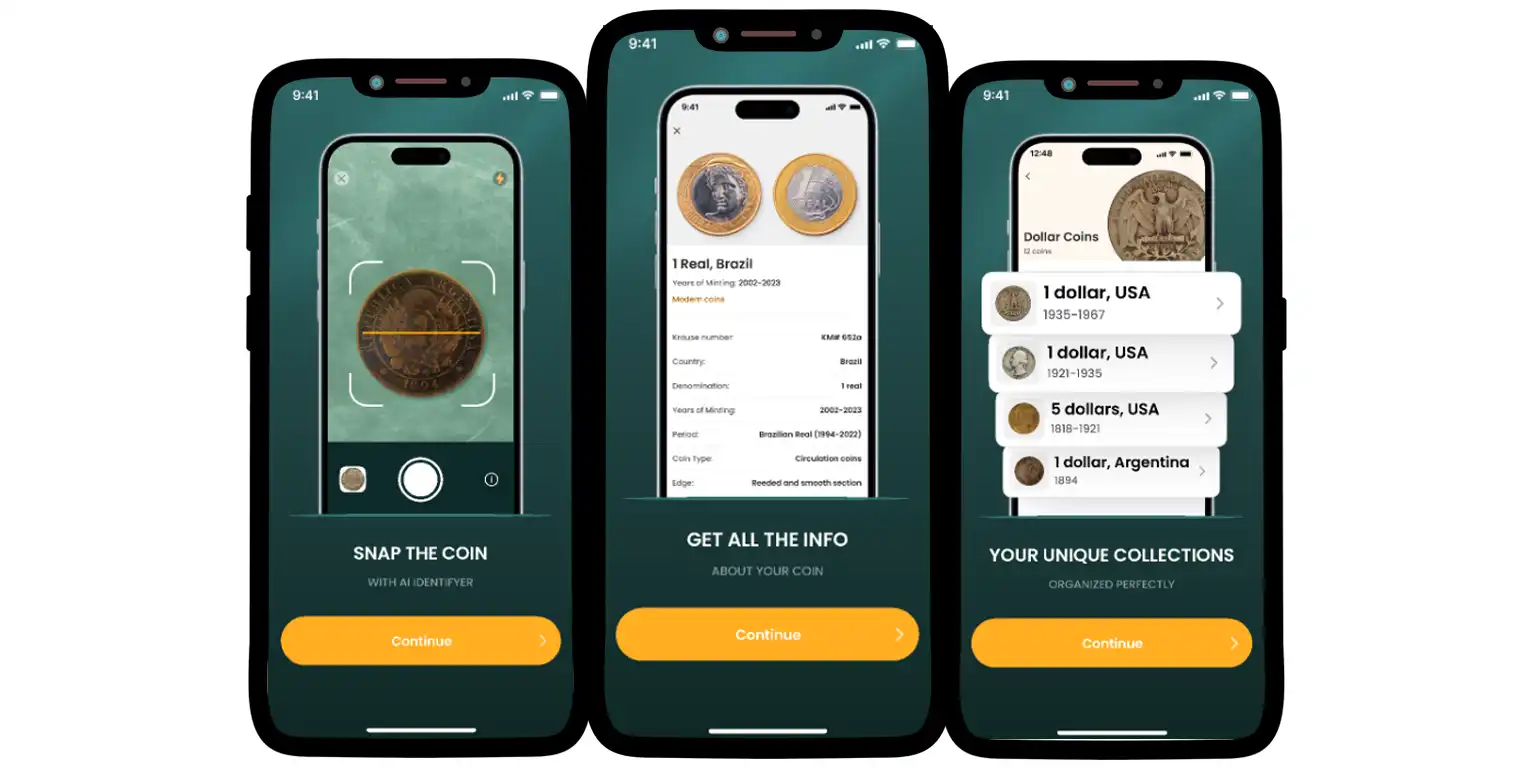
5. Use Reference Guides
Reference materials can give you detailed information on how to know what a coin is worth.
Special Catalogs
Books: Guides like the "Red Book" (A Guide Book of United States Coins) or "Krause's Standard Catalog of World Coins" give you useful information on valuable pocket change, the most popular coins to collect, where to get them graded, etc.
Price Guides: Regularly updated publications and online price guides can provide current market values. For example, now you can check the list of the most valuable coins in circulation 2023 - 2025 and understand dynamics for this year.
Auction Sites
eBay: Look at completed sales for similar specimens to get an idea of their current market prices to get an answer to your question, “How to know if a dollar coin is worth money?”
Heritage Auctions: One of the largest auction houses that offers detailed sales records and auction results. Here, you can find even ancient Roman coins for sale.

6. Consult Experts
Getting a professional opinion can help in determining a price. You should ask them, “How to know if my coin is worth money?”
Professional Grading Services
PCGS (Professional Coin Grading Service): Provides grading, authentication, and encapsulation services.
Our advice: You can start with the PCGS submission form. Then you’ll understand how to know if your dollar coin is worth money (or any other piece).
NGC (Numismatic Guaranty Corporation): Offers similar services to PCGS with a focus on world specimens. How much does NGC grading cost? You can check it on their website.
ANACS (American Numismatic Association Certification Service): It’s known for its detailed grading reports and ratings charts. It is more appropriate for advanced numismatists.
Local Dealers
Coin Shops: Visit local shops to get an expert's opinion and possibly sell your pieces.
Coin Shows: They can provide opportunities to consult multiple experts and dealers.
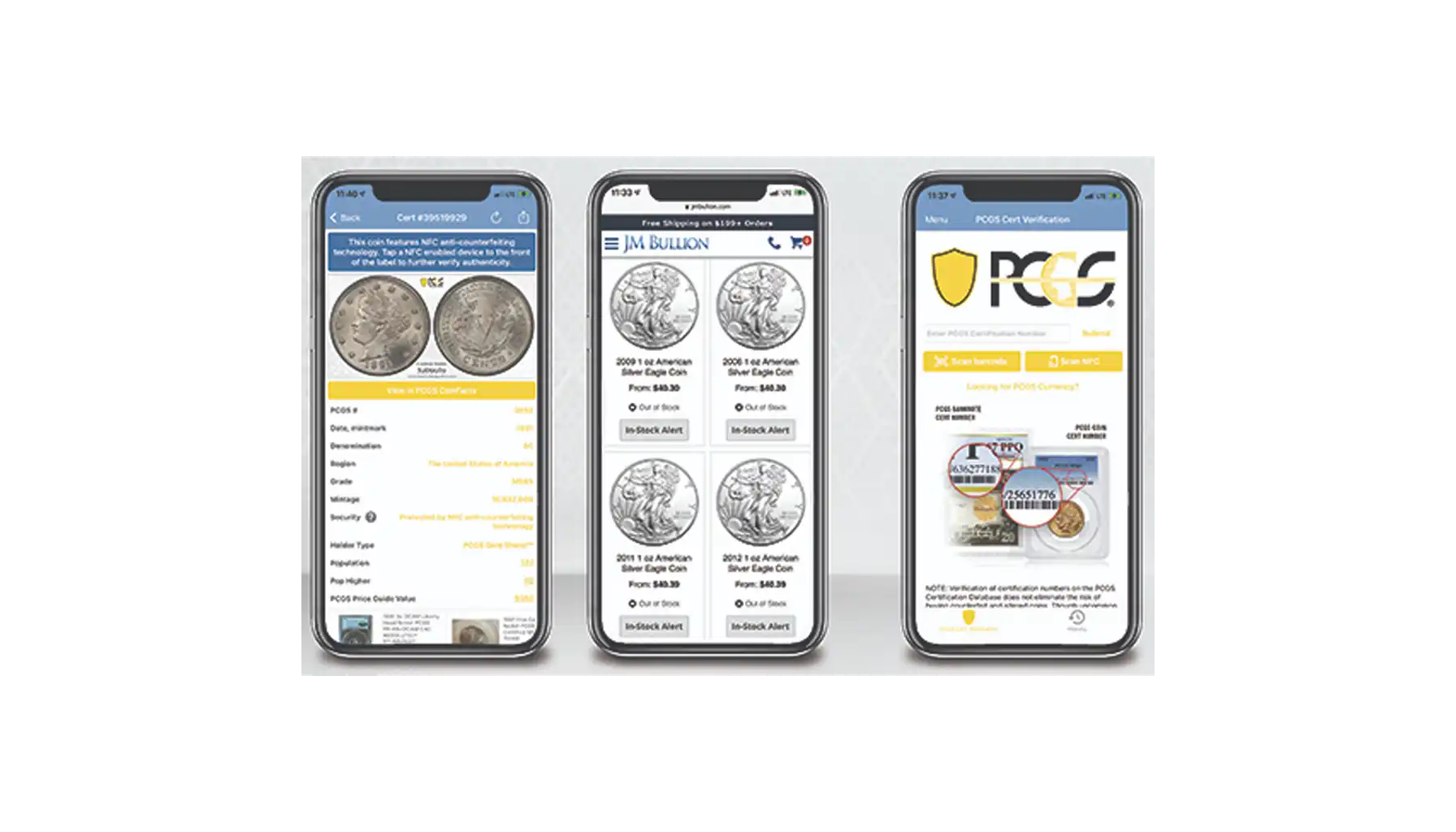
Where Do You Get Coins Graded?
The tips described above may not always help as much as we would like. They make it especially difficult for beginner numismatists. In such cases, we recommend looking for help from experts. But who do we need exactly? And where can we find them? Moreover, how do you determine the value of a coin with them?
1. Professional Coin Grading Service (PCGS)
2. Numismatic Guaranty Corporation (NGC)
3. American Numismatic Association Certification Service (ANACS)
4. Independent Coin Graders (ICG)
5. Local Coin Shops and Shows
If you can’t evaluate your piece yourself, you can always turn to specialists from the organizations above for help. We talked about them in more detail in the first part of our guide today. All other information can be found on their website. However, please note that this process can take quite a long time and will require some investment on your part.
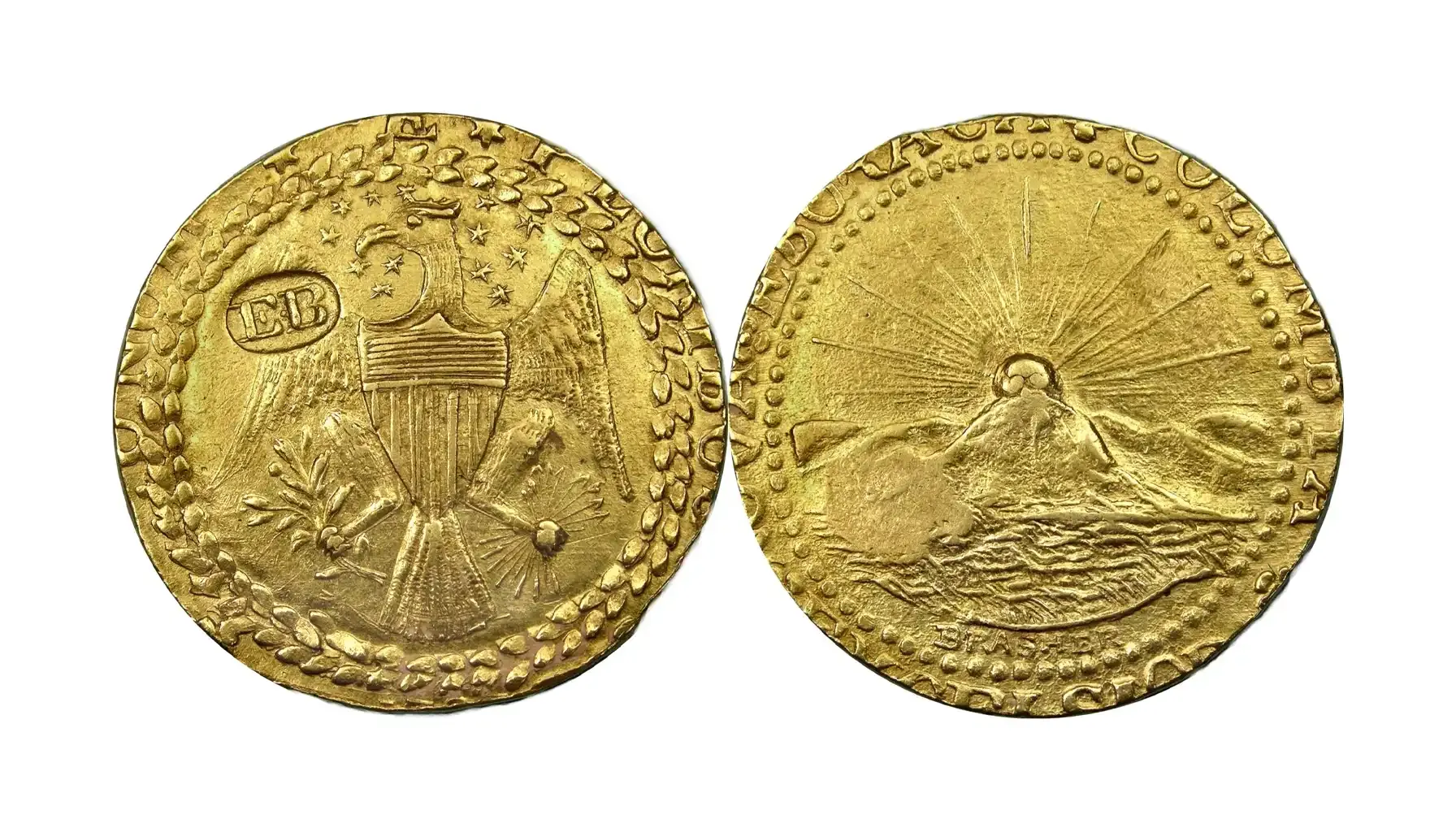
The Best App to Determine Coin Value
You can significantly speed up the process of grading with the help of special collectors’ software. Most often, they all work on the basis of automatic recognition from a photograph; after identification, they offer extensive information for numismatists, including prices.
Coin ID Scanner - The Best Solution
Main Features:
Image Recognition: Allows you to take a photo of your piece and get information about it.
Database Access: Provides access to a large database (over 150,000) of world specimens.
Market Prices: Gives you approximate market values and other numismatics information.
Collection Management: You can organize your collection right in the app.
Pros:
User-friendly interface with straightforward features.
Fast and accurate image recognition - you’ll find out how to know how much your coin is worth in seconds.
Extensive database covering pieces from various countries.
Cons: We have not found them yet. Try this coin identifier to find the values now and leave your reviews for further explorations.
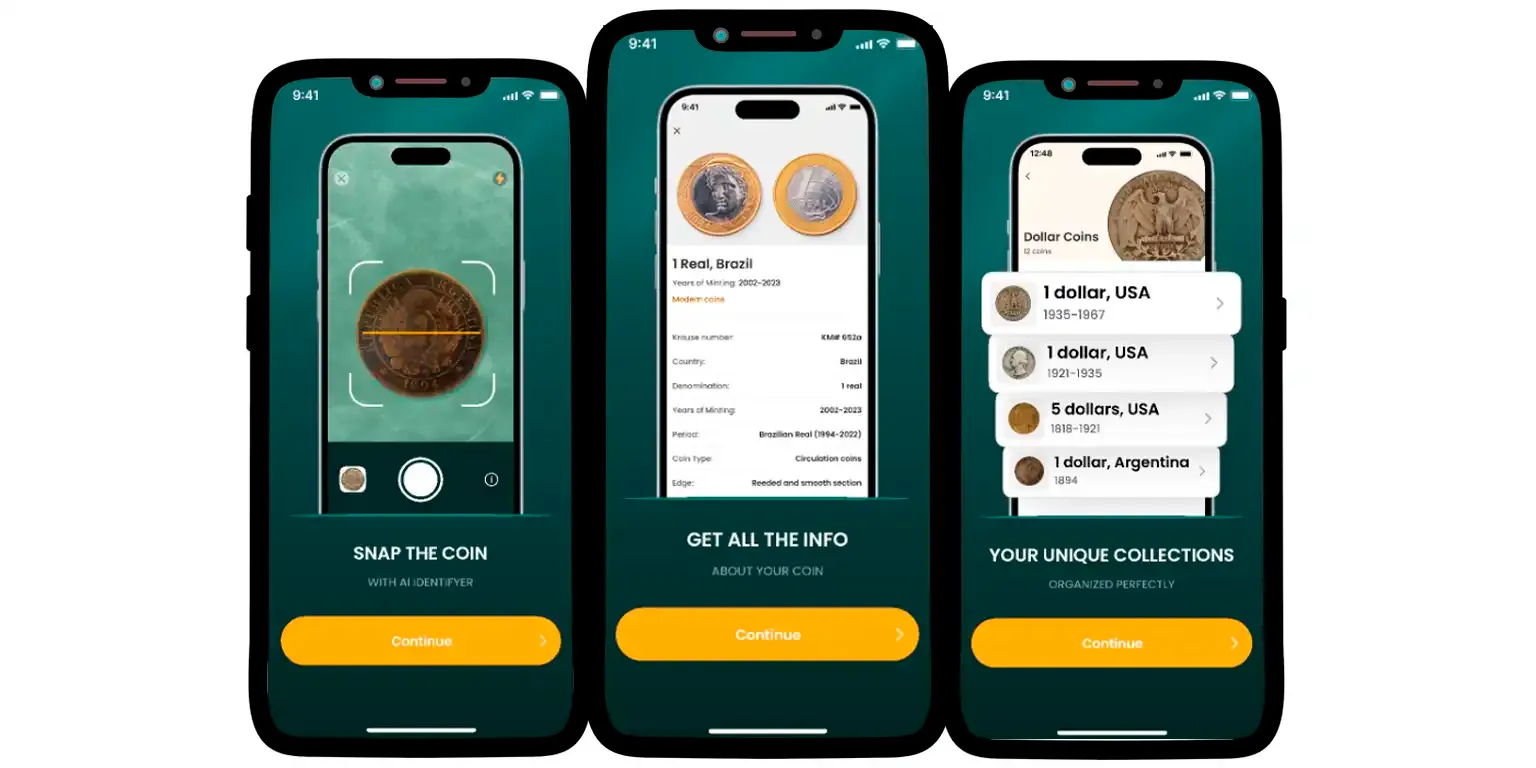
In the current environment, you have every opportunity to independently assess the value of your collection. Today we told you about some useful tips on how to know the worth of a coin.
Let your hobby bring you more joy and happiness!


